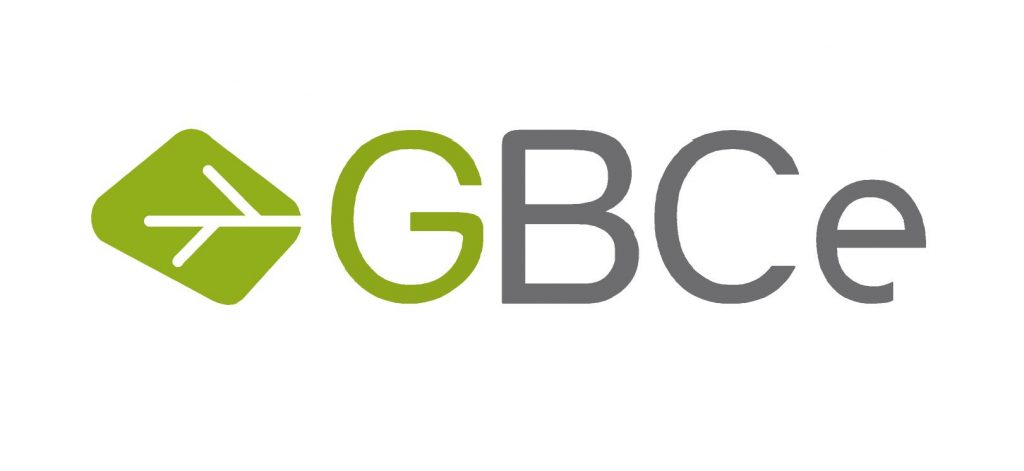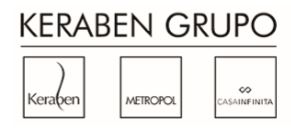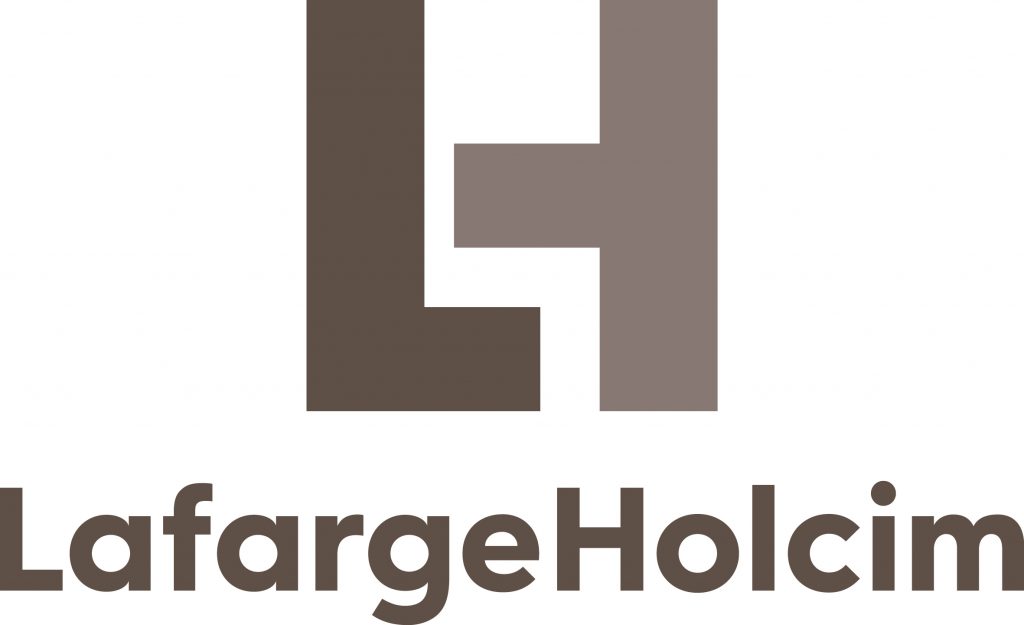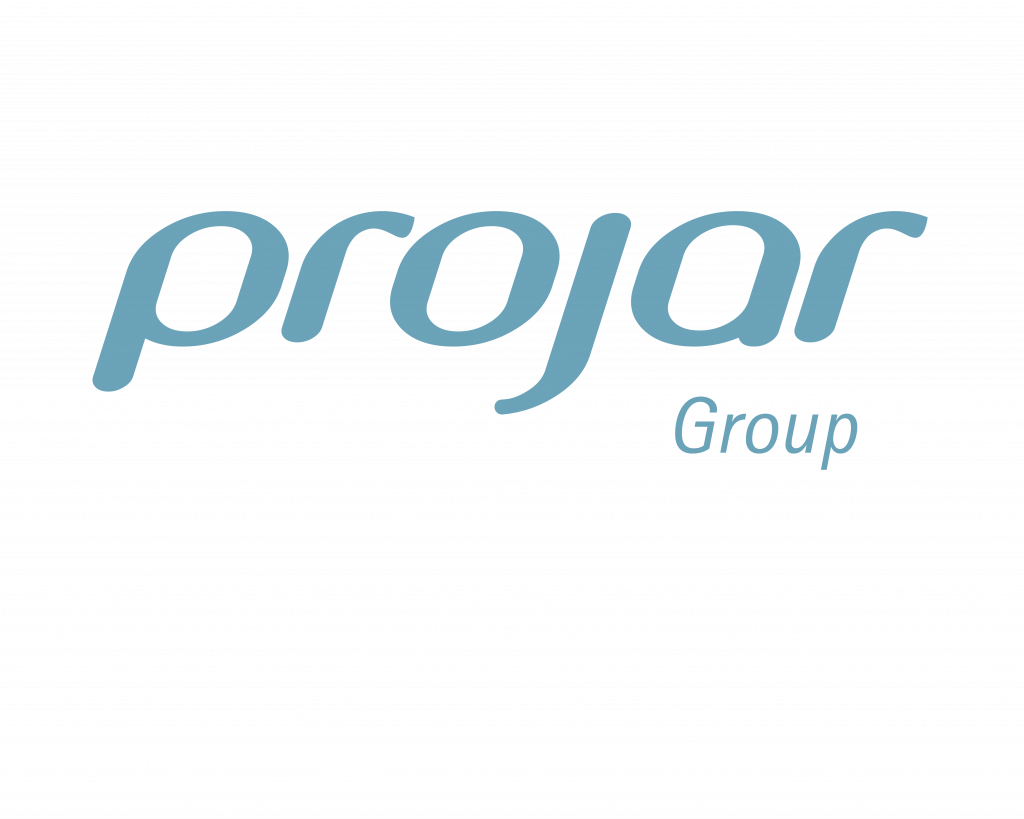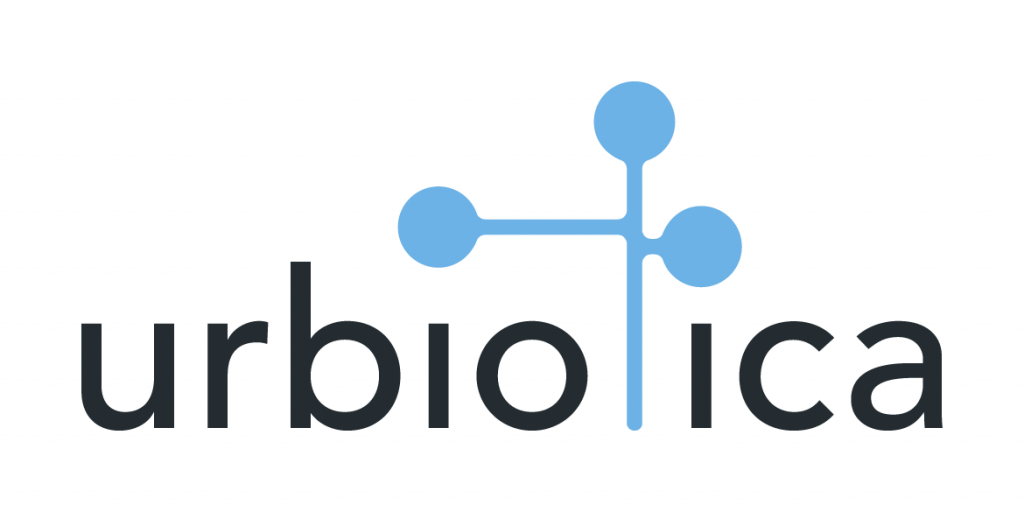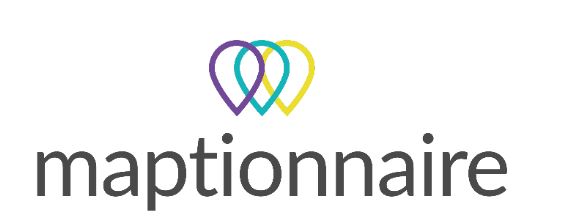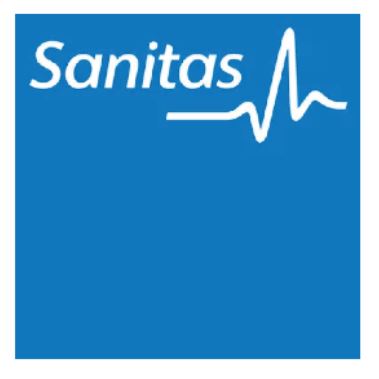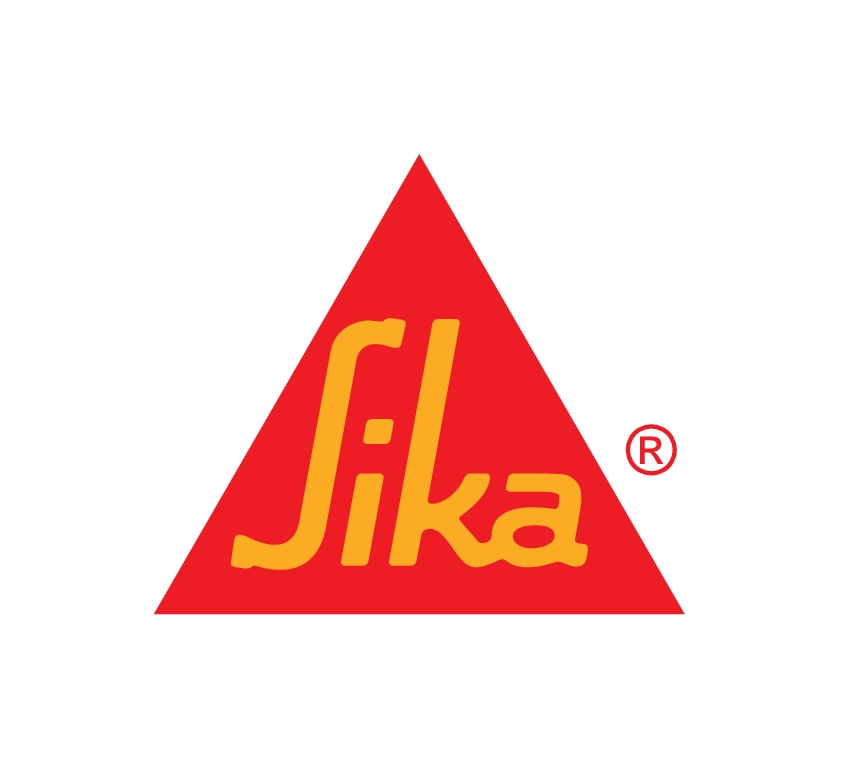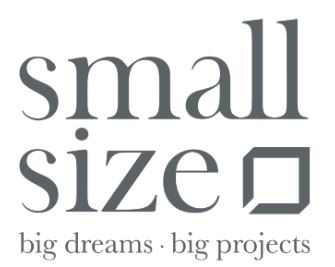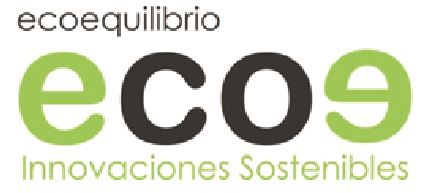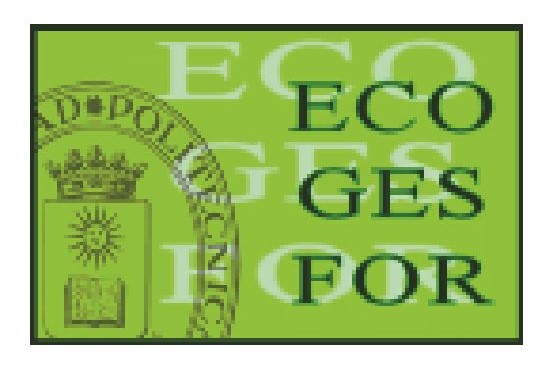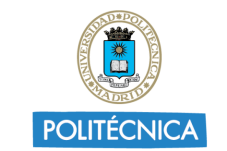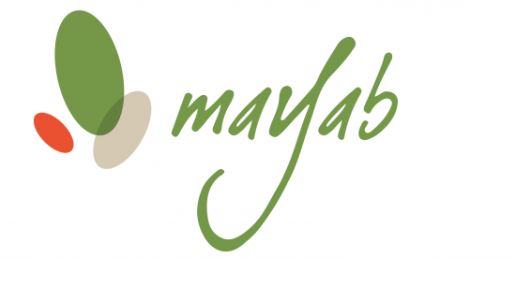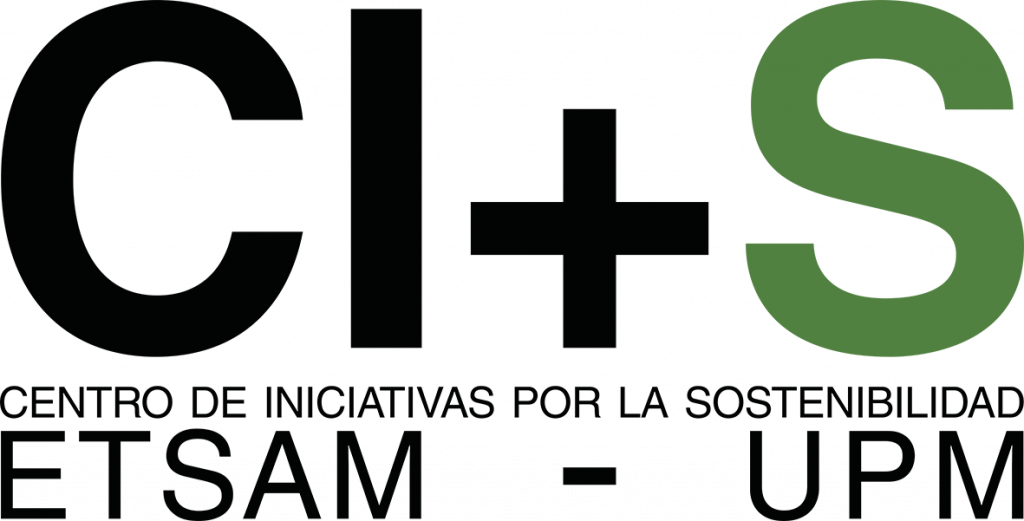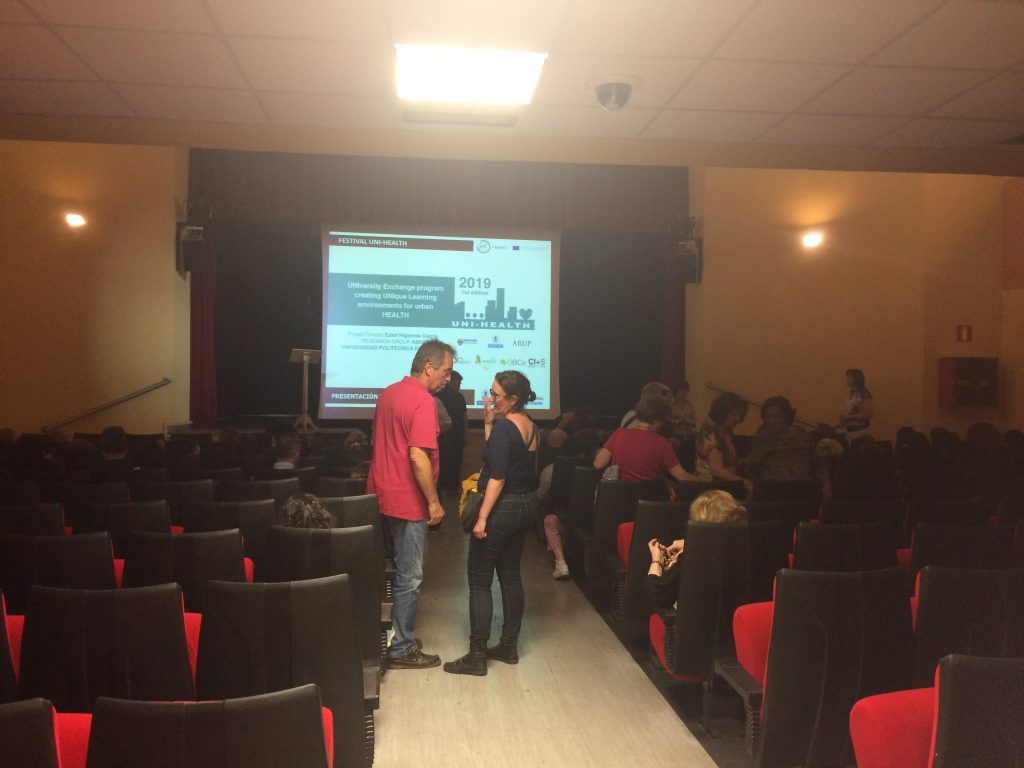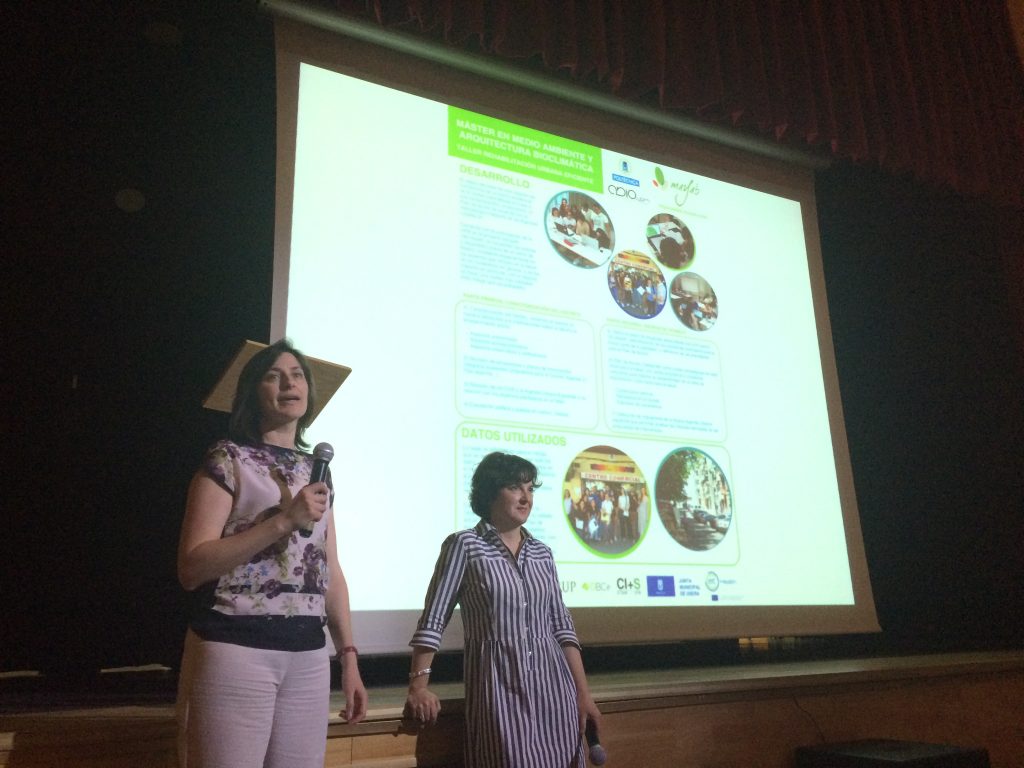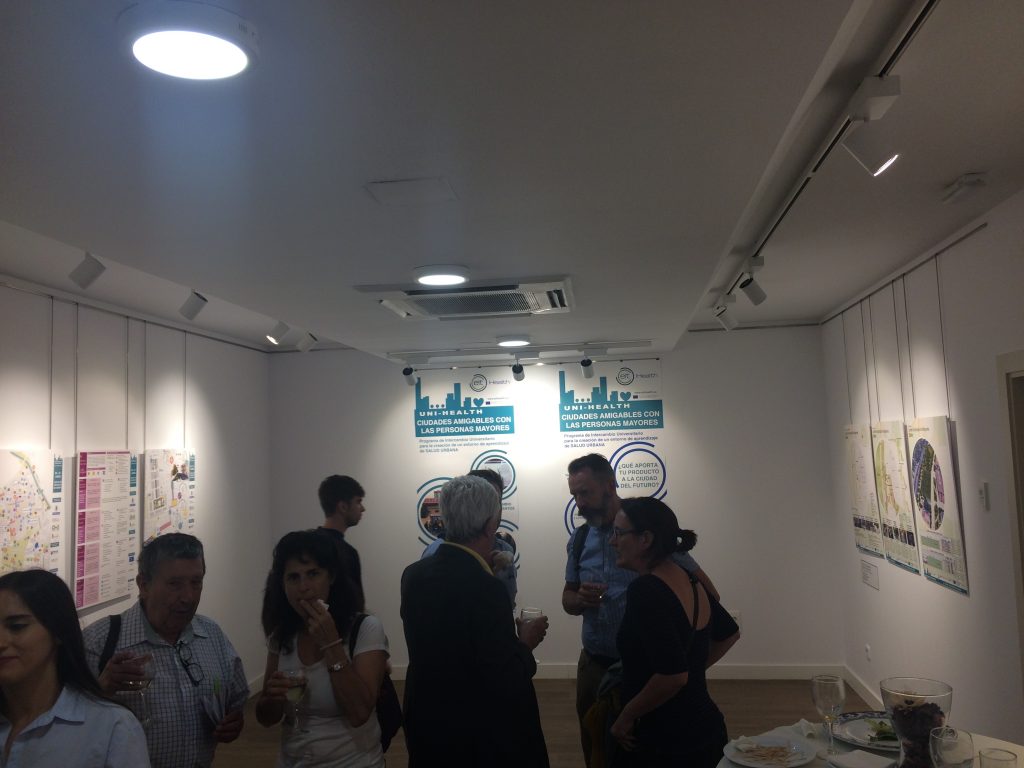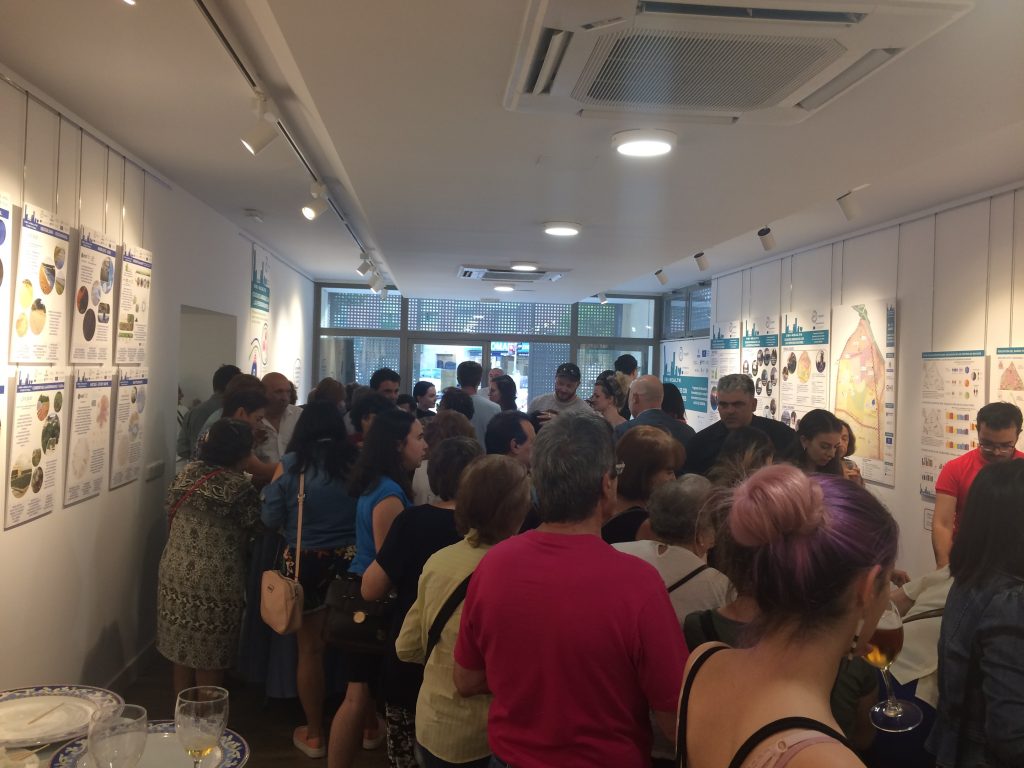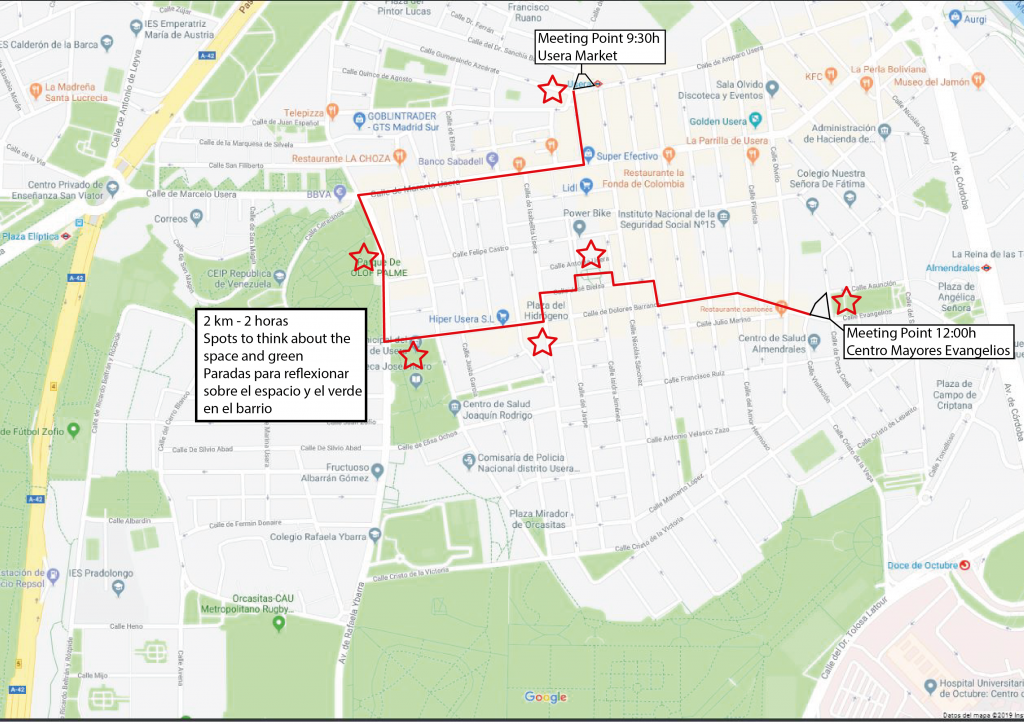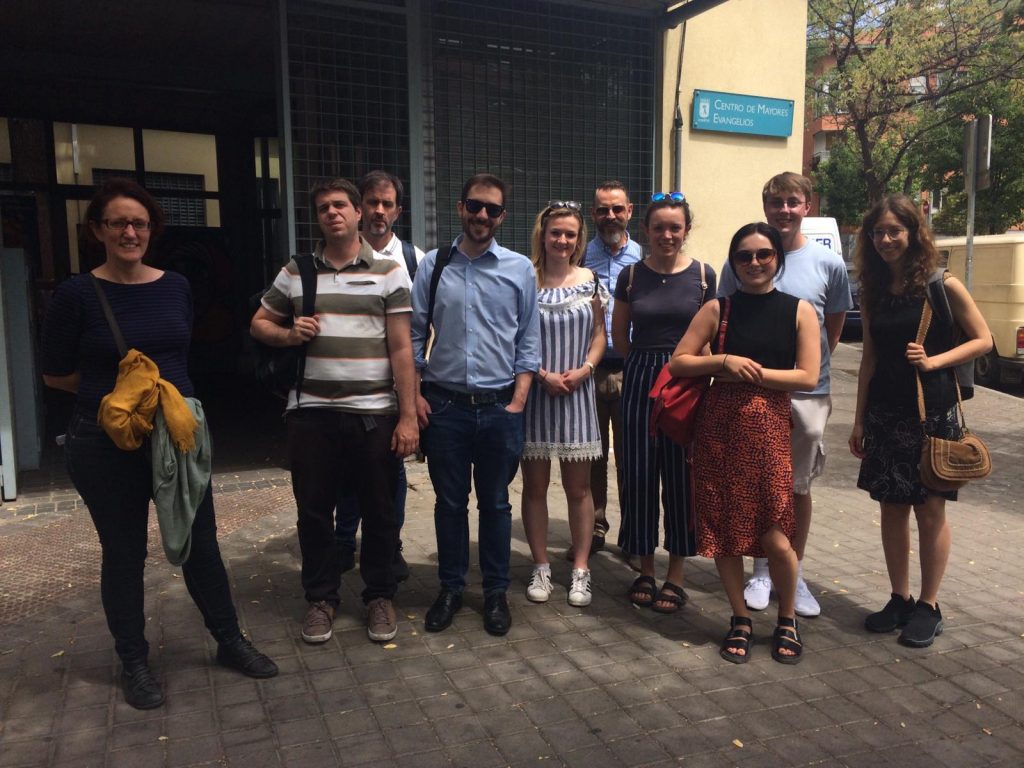El informe “Cities Alive: Designing for Ageing Communities” publicado por la empresa ARUP, consultora internacional socia en el proyecto UNI-Health, pone de relieve la necesidad de que el conjunto de planificadores, diseñadores y autoridades locales aboguen por modelos de ciudad que incorporen medidas para adaptarse a las necesidades de las personas mayores.
Las cuatro estrategias que se identifican son: independencia, salud y bienestar, conectividad social y seguridad y resiliencia (noticia completa aquí).
Estas cuatro líneas de trabajo se integran en las tres estrategias que desde UNI-Health estamos desarrollando en el grupo de investigación:
- Ciudades para pasear: una ciudad que permita pasear, salir a la calle, encontrarse con los vecinos del barrio, hacer la compra o ir a una cafetería, es una ciudad que favorece la independencia de las personas y la autonomía no solo de las personas mayores, si no también de niños y niñas, personas con discapacidad y mejora la seguridad y accesibilidad en cuestión de movilidad.
- La naturaleza en la ciudad: están demostrados los beneficios que los espacios verdes tienen sobre nuestra salud, desde la reducción del estrés, calidad del aire e incluso está relacionado con los índices de obesidad y sobrepeso en función de la distancia a la que exista un parque de nuestras viviendas y espacios de trabajo. Los espacios verdes constituyen además el lugar de encuentro predilecto para distintas generaciones, favoreciendo lugares de encuentro y actividades abiertas a distintos grupos culturales, deportivos y comunitarios. Por otra parte, también está demostrada la influencia que tienen en la reducción de los niveles de contaminación y la necesidad de incorporar espacios naturales y soluciones técnicas vegetales en las ciudades, para asegurar la resiliencia de éstas frente a los efectos del cambio climático y la isla de calor urbana.
- Espacios de convivencia: plazas, parques, espacios estanciales de proximidad, seguros, confortables y adaptados para todos los usuarios son necesarios en términos de seguridad, cohesión social y salud. Uno de los mayores problemas de las personas mayores es la soledad no deseada, problema que en grandes metrópolis afecta también a jóvenes, y guarda una relación directa con problemas de estrés, insomnio y depresión. Estos espacios son necesarios, pero para que cumplan su función, han de ser diseñados con ciertos criterios que inviten a la gente a sentarse, encontrarse y disfrutar de la compañía de los demás.
Los beneficios de un diseño inclusivo que responda a las necesidades de los sectores de la población más vulnerables (principalmente personas mayores, personas dependientes, personas con discapacidad, infancia y mujeres, sobre todo en estado de gestación) permiten la creación de espacios inclusivos y saludables para toda la población.



